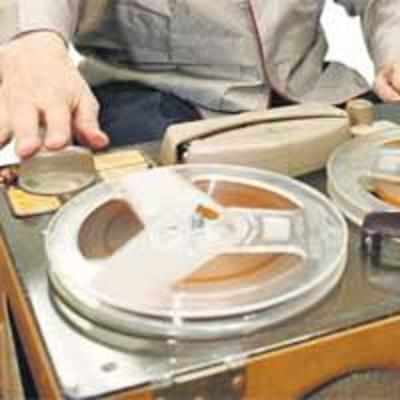Mr Walkman

 Times have changed since Nobutoshi Kihara sketched out designs for the revolutionary Walkman on a piece of paper.
Times have changed since Nobutoshi Kihara sketched out designs for the revolutionary Walkman on a piece of paper. A protégé of Sony co-founders Masaru Ibuka and Akio Morita, Kihara is the face behind Japan’s first magnetic tape recorders, portable tape recorders, music stereo systems, Betamax video and digital cameras.
Kihara, who has recently slipped quietly into retirement after nearly six decades at Sony, also played key roles in improving the company’s televisions and mini video cameras.
“We made good, quality products. That’s how the company grew,” said the soft-spoken 80-year-old, dressed in a khaki engineer’s uniform.
“We did not think about expanding the company for the sake of expansion. It just grew as we worked on our products,” said the retired head of Sony-Kihara Research Centre, a Sony branch that’s named after him.
“Back in my days, we had to draw product designs on papers. I would close my eyes and imagine our products. I would imagine joggers with Walkmans to see how the hinges should move or how the products fit into the lives of the users.”
Few would dispute that the original Walkman, which went on sale in 1979, changed the way people around the world listened to music.
For years Sony was able to set premium prices for its products against rival electronics firms because of its strong brand image, backed by solid engineering and design finesse.
Born in 1926, Kihara’s career with Sony mirrors the firm’s rise from a small electronics workshop to an international conglomerate, as the modern Japan emerged from the ashes of war to become the world’s second largest economy.
He grew up tinkering with toys, building radio sets and model trains and aspired to become a mechanical engineer.
After Japan’s defeat in World War II, he built and sold radios and other electronics from parts to support his family and to pay for his college education.
It was at that time that Ibuka and his associates founded Tokyo Tsushin Kogyo, or Tokyo Telecommunications Engineering, in 1946, as a small shop researching and making telecommunications and measuring equipment.
The Sony co-founders encouraged their young engineers to experiment and learn from the latest Western inventions.
Nicknamed “a treasure of Sony,” Kihara played a key role in developing the technology that resulted in the world’s first commercially successful transistor radio in the 1950s.
The success gained Sony international acclaim, which was followed by similar successes in household stereo systems, televisions, video recorders, personal computers and professional use broadcasting equipment.
“I have to think that Lady Luck is watching over me,” says Kihara humbly. “When I needed advice, I felt as if someone was guiding me to certain studies or books with hints and answers.”
Sony experienced a massive corporate defeat in the battle that erupted in the late 1970s between two types of video cassettes.
Kihara says that it still boils his blood to think that consumers have been forced to use the “inferior” VHS over Sony’s Betamax.
Sony is preparing for a similar fight now in new high-definition DVDs.
“It’s very difficult to make technological advances, however small they may be. People may not know our story – how we spent money, how we failed, how we had to re-do our work,” he said. “Technological progress ends once we start imitating others.”
GALLERIES View more photos















